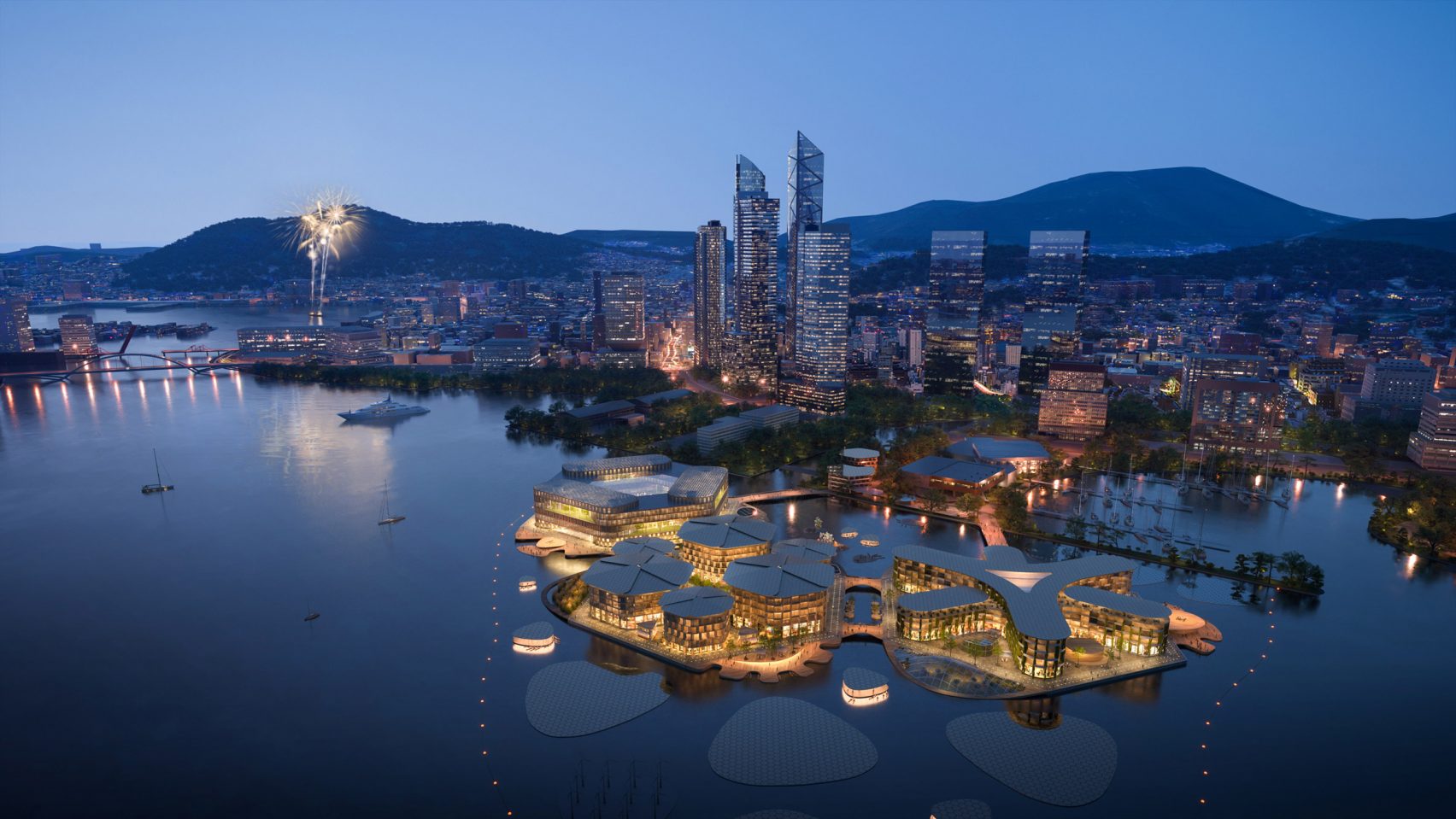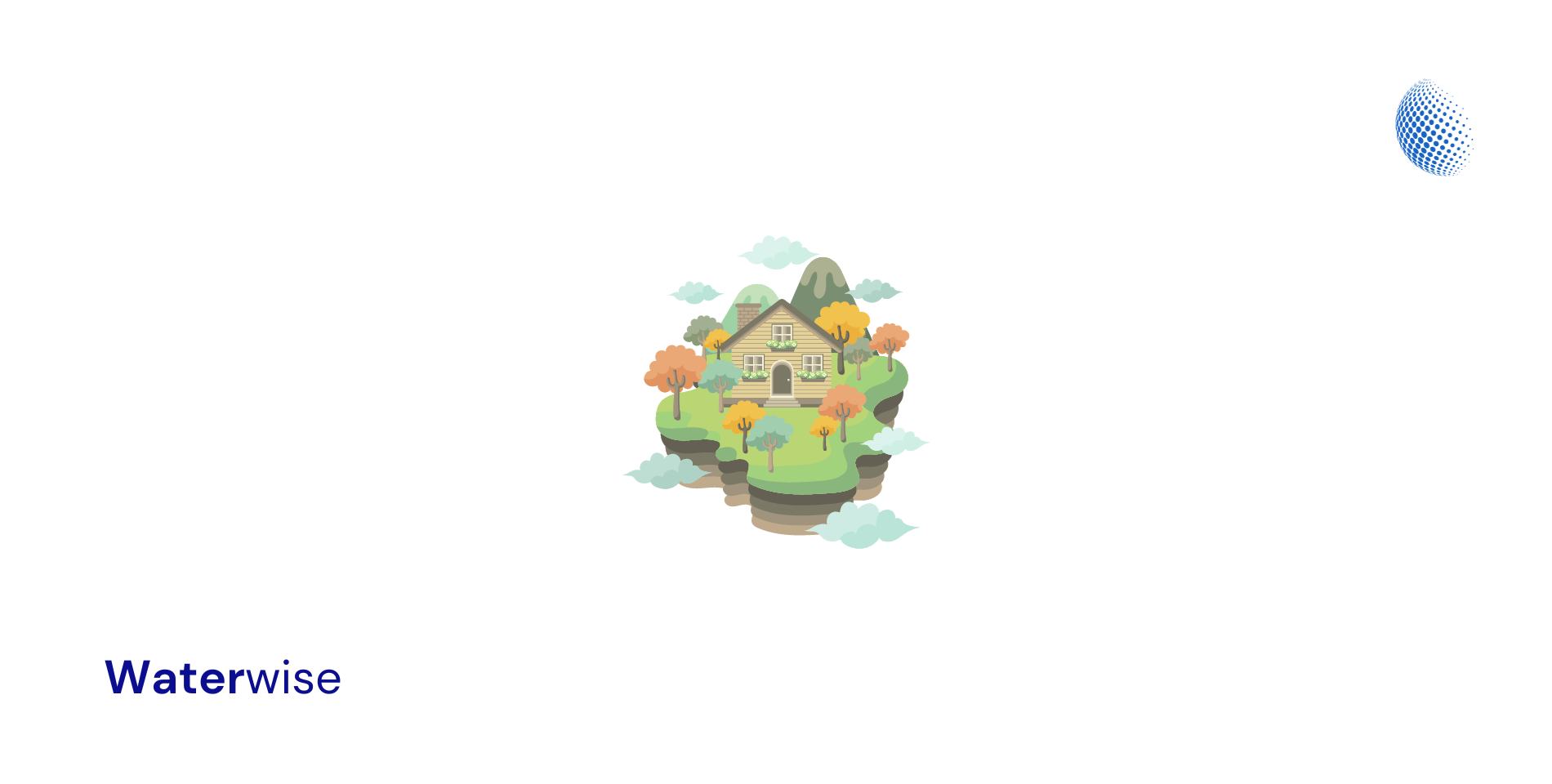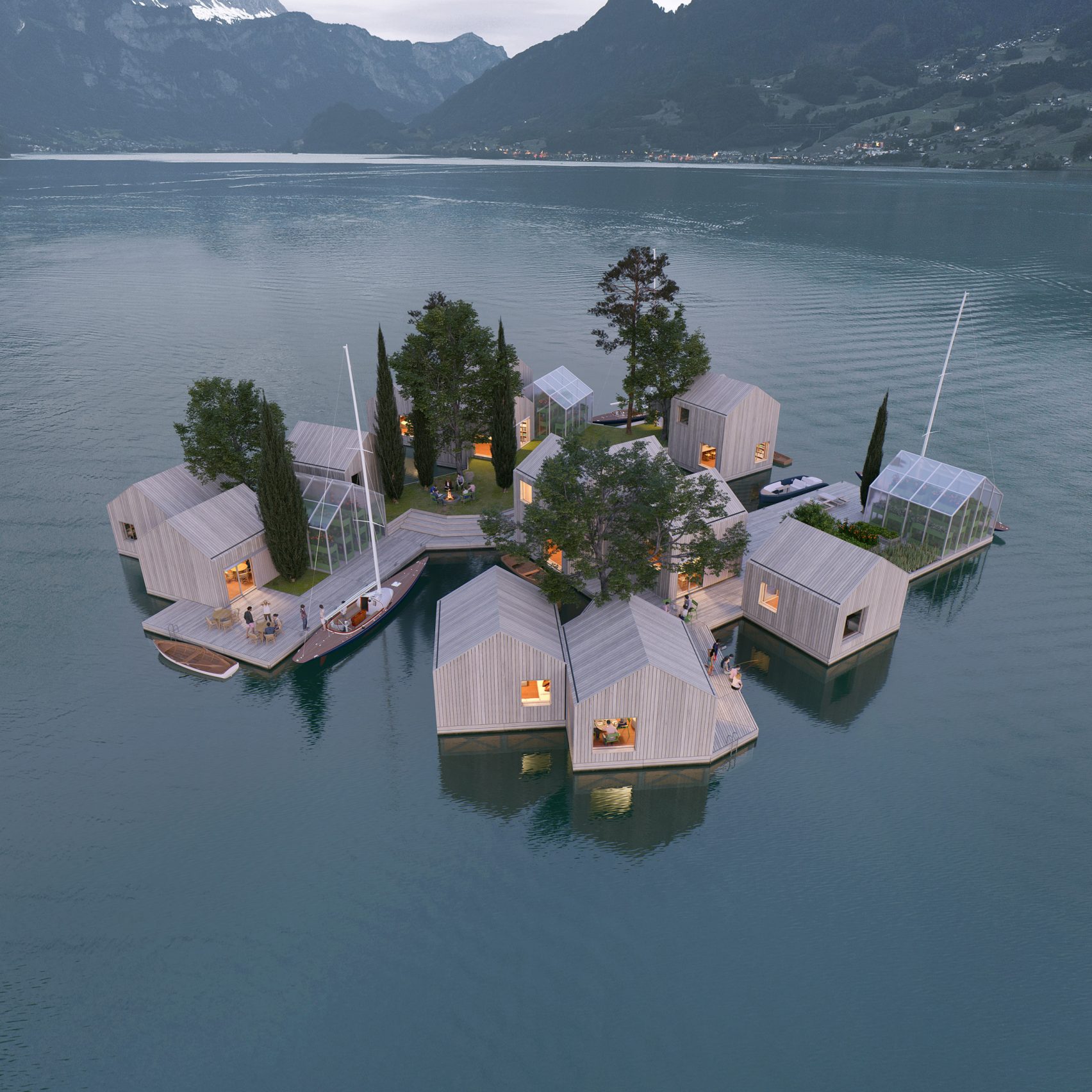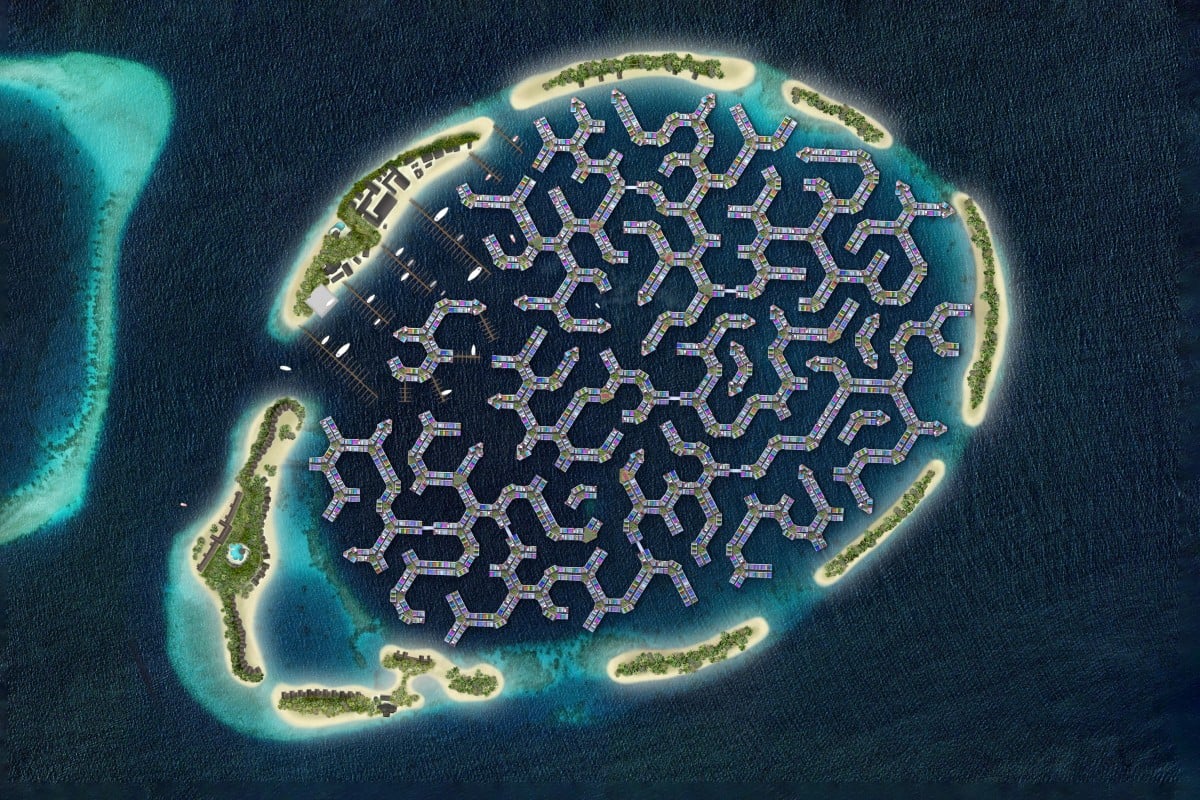The narrative of overpopulation has long cast a formidable shadow over the prospects of urban sustainability. As populations burgeon, the strain on land and resources escalates, urging innovators and urban planners to envision alternative habitats. Among the myriad of solutions proposed, the concept of floating cities emerges as a compelling answer to the challenges of overpopulation and land scarcity.
Floating Cities: A Historical Voyage
Floating cities are not a new phenomenon; they are an evolution of humanity’s age-old relationship with water.
From the stilt houses of ancient marsh dwellers to modern-day houseboats, humans have continually explored the potential of aquatic living spaces. This section can delve into historical examples such as Venice in Italy and Uros Islands in Peru, painting a picture of humanity’s enduring fascination with water-based habitats.
Modern-day Imaginations
In recent times, the architectural and urban planning communities have revisited the idea of floating cities with a modern lens. The technological optimism of the mid-20th century ignited imaginations, leading to proposed marine utopias like Buckminster Fuller’s Triton City and the Japanese Metabolists’ marine city proposals. These historical undertakings set a precedent for today’s floating city concepts, adding a layer of realism to what was once considered fantastical.
Benefits of Floating Cities
Floating cities, once a vision confined to the realm of science fiction, now present an innovative solution to several global challenges. As urban areas grapple with population growth, land scarcity, and the looming threat of climate change, the notion of extending urban landscapes onto water surfaces becomes increasingly appealing. Here are several benefits associated with the development of floating cities:
Alleviation of Land Scarcity
With urban land becoming a scarce resource due to population growth and urban sprawl, floating cities offer an alternative space for urban development. By utilizing water bodies, these cities can alleviate the pressure on terrestrial urban areas and provide additional space for housing, infrastructure, and amenities.
Climate Resilience
Floating cities are inherently resilient to certain climate threats like rising sea levels and flooding. Their design allows them to float and rise with the water level, providing a viable living solution for regions prone to these climate-related challenges.
Sustainable Resource Utilization
The aquatic environment offers unique opportunities for sustainable resource utilization.
Floating cities can harness marine resources for energy, food, and water. For instance, the use of floating solar panels, seaweed farms, and underwater turbines can provide renewable sources of energy and food, contributing to the cities’ self-sufficiency.
Innovative Urban Planning
Floating cities necessitate innovative urban planning and architectural designs, paving the way for modern, sustainable, and aesthetically appealing urban landscapes. The modular and scalable design of floating structures allows for flexible urban planning that can adapt to changing needs and circumstances.
Economic Opportunities
With new territories for urban development come new economic opportunities. Floating cities can stimulate economic growth by creating new markets, industries, and jobs. The marine environment, for instance, can foster industries like aquaculture, marine biotechnology, and maritime tourism.
Research and Technological Advancements
The development of floating cities could spur research and technological advancements in marine engineering, renewable energy technologies, and water management systems. This innovative urban solution provides a real-world platform for testing and implementing new technologies, driving progress in sustainable urban living.
Enhanced Biodiversity
Floating cities can be designed to enhance marine biodiversity by creating artificial reefs or using design elements that provide habitats for marine life. This integration of urban and natural environments can contribute to a richer ecosystem both below and above the water.
Community and Cultural Development
Floating cities offer the potential for the development of unique communities and cultures.
The close-knit nature of such cities, combined with the shared experience of water-based living, could foster strong community bonds and a unique cultural identity.
Bridging the Fantasy and Reality of Floating Cities
The marriage of modern technology and innovative design has propelled the concept of floating cities from the realm of science fiction to plausible solutions for urban living. This section can explore the different types of technology that could be employed to build floating cities, such as very large floating structures (VLFS) technology, which includes pontoon and semi-submersible structures.
Oceanix City: A Modern-day Blueprint
A spotlight on Oceanix City, a UN-backed prototype, reveals a modern take on floating cities. With modular, sustainable designs, Oceanix City embodies the aspirations of contemporary floating city concepts, aiming to create self-sustaining communities on water.
Floating City Designs and Architects
Floating cities present a novel way to address urban land shortages, especially in regions threatened by rising sea levels. The innovative designs and the brilliant minds behind them showcase the potential for urban expansion over water. Here are some architectural masterminds and their designs that are steering the concept of floating cities into reality.
Bjarke Ingels Group (BIG) and SAMOO

The design for a climate-resilient floating city known as Oceanix Busan is a collaborative effort between architecture firms BIG and SAMOO, along with tech company Oceanix. This development, backed by UN-Habitat and the Busan Metropolitan City, aims to create a model for coastal cities facing flooding and rising sea level threats. The design comprises interconnected neighborhoods on floating platforms, with an initial capacity of 12,000 residents, expandable over time. This floating city is envisioned to be sustainable, resilient, and flood-proof, with diverse housing options, research platforms, and eco-tourism facilities. It blends with Busan’s existing architecture and culture, embodying a harmonious interaction between the city and the seaside.
MAST
Danish maritime architecture studio MAST has developed a system called Land on Water for constructing floating homes. This innovative design provides a glimpse into the adaptability required to make floating cities a reality2.
Koen Olthuis – Waterstudio.NL
Koen Olthuis, the CEO of Waterstudio.NL, is a notable architect in the realm of floating structures. His projects include a floating city in the Maldives, a theatre in Lyon, France, a floating park in Amsterdam, the Netherlands, and houses in Miami, displaying a wide range of architectural solutions for floating urban environments.
UN-Habitat’s New Urban Agenda
Copyright Bjarke Ingels Group
In collaboration with Bjarke Ingels Group, UN-Habitat proposed a vision for a resilient and sustainable floating community as part of its New Urban Agenda. This modular eco-city is designed to accommodate 10,000 people, presenting a scalable solution for urban living on water.
Floating cities are a testament to architectural ingenuity, blending sustainability with urban design to counter the challenges posed by land scarcity and climate change. The architects and designs mentioned are at the forefront of this innovative urban planning concept, steering us towards a future where living on water is a viable solution.
The Legal and Social Horizon
Embarking on the voyage towards floating cities necessitates navigating through legal, political, and social waters. Questions surrounding governance, jurisdiction, and the socio-cultural adaptation of communities to water-based living are crucial. The concept of sovereign floating cities and micronations, although ambitious, hints at the multifaceted challenges that floating cities entail.
Community and Identity
The social dynamics of floating cities extend beyond mere habitat structures to the formation of unique community identities. The psychological and social adaptation to living on water, forming close-knit communities with shared sustainability goals could be a hallmark of floating city life.
Investment Opportunities in Floating Cities
Floating cities, a burgeoning facet of urban development, unveil a new frontier for investment.
These innovative habitats, aimed at combating land scarcity and climate change, are on the cusp of becoming viable solutions for sustainable living. As pioneers chart the unexplored waters of floating urban landscapes, the economic potential of floating cities beckons investors to be part of this groundbreaking venture. Here are some investment opportunities and considerations associated with floating cities:
Real Estate Development
Floating cities present a unique realm of real estate development. With land becoming a scarce and expensive commodity, the real estate on water is an untapped market waiting to be explored. Investments in residential, commercial, and recreational structures on floating platforms can provide a lucrative return on investment as the demand for such innovative living and working spaces grows.
Infrastructure and Utilities
The development of infrastructure and utilities is fundamental to the viability of floating cities. Investments in water supply systems, renewable energy installations, waste management facilities, and transportation networks are crucial for creating self-sustaining urban environments on water.
Technological Innovations
Floating cities will necessitate a suite of technological innovations to ensure their feasibility and sustainability. Investment in research and development of technologies like water purification systems, renewable energy solutions, and marine construction materials and techniques can drive the technological advancements required for floating cities.
Aquaculture and Marine Industries
The marine environment offers an abundant resource base for aquaculture and other marine industries. Investing in sustainable aquaculture practices, marine biotechnology, and renewable marine resources can foster a thriving economic ecosystem within floating cities.
Eco-Tourism
Floating cities, with their novel and aesthetic appeal, can become iconic eco-tourism destinations. Investments in eco-friendly resorts, recreational facilities, and maritime adventures can stimulate the local economy and provide a steady stream of revenue.
Educational and Research Institutions
Establishing educational and research institutions focused on marine sciences, renewable energy, and sustainable urban development can position floating cities as hubs of knowledge and innovation. These institutions can also provide essential insights and solutions for the challenges faced by floating cities.
Public-Private Partnerships (PPPs)
Engaging in Public-Private Partnerships can facilitate the funding and development of floating cities.
Governments, international organizations, and private investors can collaborate to share risks, costs, and benefits, ensuring the successful development and sustainability of floating cities.
Regulatory Compliance and Risk Management
Investors should consider the legal, regulatory, and environmental compliance aspects when investing in floating cities. Establishing robust risk management strategies and ensuring adherence to international standards and regulations is crucial for securing and safeguarding investments.
Challenges and Solutions in Developing Floating Cities
Floating cities, while promising, bring along a spectrum of challenges that need addressing to transition from conceptual sketches to lived-in urban landscapes. These challenges span across technical, legal, social, and environmental domains. Below, we delve into these challenges and explore potential solutions that could pave the way for successful floating city projects.
Technical Challenges
- Structural Integrity: Designing structures that can withstand the harsh marine conditions like storms, waves, and corrosion is paramount.
- Utility Systems: Developing reliable utility systems for water, electricity, waste management, and communication in a floating environment requires innovative engineering solutions.
- Transportation: Designing efficient transportation systems within the floating city and to/from the mainland is critical for the viability of these cities.
Solutions
- Advanced Materials: Utilizing corrosion-resistant materials and innovative construction techniques to ensure structural integrity.
- Renewable Energy Systems: Implementing solar, wind, and wave energy systems to harness renewable energy.
- Water Transportation and Bridges: Employing water taxis, ferries, and possibly connecting bridges to facilitate movement.
Legal and Political Challenges
- Jurisdiction: Determining the jurisdiction and governance structure of floating cities is complex, especially in international waters.
- Regulatory Framework: Establishing a regulatory framework for construction, safety, environmental protection, and urban planning is crucial.
Solutions
- International Agreements: Engaging in international dialogues to establish agreements on jurisdiction, governance, and regulatory frameworks.
- Local Partnerships: Collaborating with local governments to ensure alignment with existing legal and regulatory structures.
Social Challenges
- Community Acceptance: Gaining acceptance from the community and addressing concerns related to the social dynamics of living on water is vital.
- Cultural Integration: Ensuring cultural integration and fostering a sense of community among residents are essential for social cohesion.
Solutions
- Public Engagement: Conducting public engagement activities to gather feedback and address concerns.
- Community Development Programs: Initiating programs to foster community development and cultural integration.
Environmental Challenges
- Marine Ecosystem Impact: Assessing and mitigating the potential negative impacts on the marine ecosystem is essential.
- Sustainable Resource Management: Ensuring sustainable management of marine resources to prevent over-exploitation.
Solutions
- Environmental Impact Assessments: Conducting thorough environmental impact assessments to identify and mitigate potential risks.
- Sustainable Resource Management Plans: Developing and implementing plans for sustainable resource management to ensure ecological balance.
Economic Challenges
- Funding: Securing funding for the development and maintenance of floating cities is a significant hurdle.
- Economic Viability: Ensuring the economic viability of floating cities through job creation and economic activities is crucial.
Solutions
- Public-Private Partnerships: Exploring public-private partnerships to secure funding and share risks.
- Economic Development Plans: Creating robust economic development plans to ensure job creation and economic growth.
Conclusion: Sailing Towards Sustainable Horizons
Floating cities offer a blend of historical allure and modern innovation, presenting a viable solution to the pressing issue of overpopulation. As the world grapples with the limits of terrestrial urban expansion, the endless expanse of the oceans beckons. Floating cities, with their promise of sustainable, community-centric living, might just be the vessels that ferry humanity towards a sustainable urban future.



